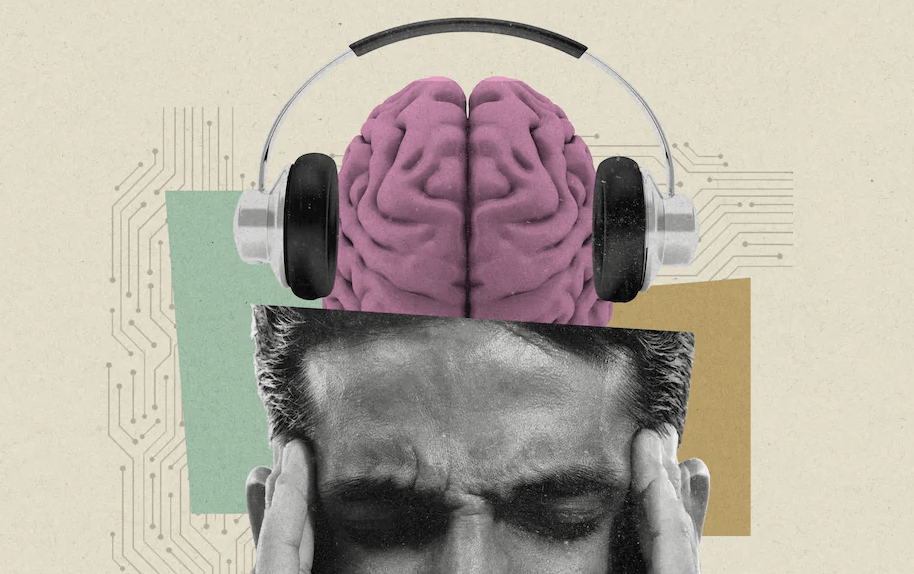New brain implant turns visualized letters into text
Our brain generates a specific pattern of electrical activity when we move, sense or speak. For decades, scientists have been connecting those impulses to machines, not only to understand and treat brain diseases but also to help people with disabilities. Scientific American looks at new technology that lets people with paralysis perform thought dictation at rates approaching the thumb speeds of texters.
Blind man has sight partly restored after pioneering treatment
A blind man has had his sight partly restored after a form of gene therapy that involves modifying nerve cells so that they fire electrical signals when they’re exposed to certain wavelengths of light. This process gives neuroscientists the power to precisely control neuronal signaling within the brain and elsewhere. The Guardian explores this first successful demonstration of so-called optogenetic therapy in humans.
Your tech devices want to read your brain. What could go wrong?
Could brain pulses someday replace clicks of a computer mouse? Using your thoughts to make things happen in the real world was once a thing of science fiction. Now Facebook, Neurable, NextMind, and other tech firms are championing brain-controlled gadgets as the next big thing. The Washington Post weighs the pros and cons of this innovative technology.

